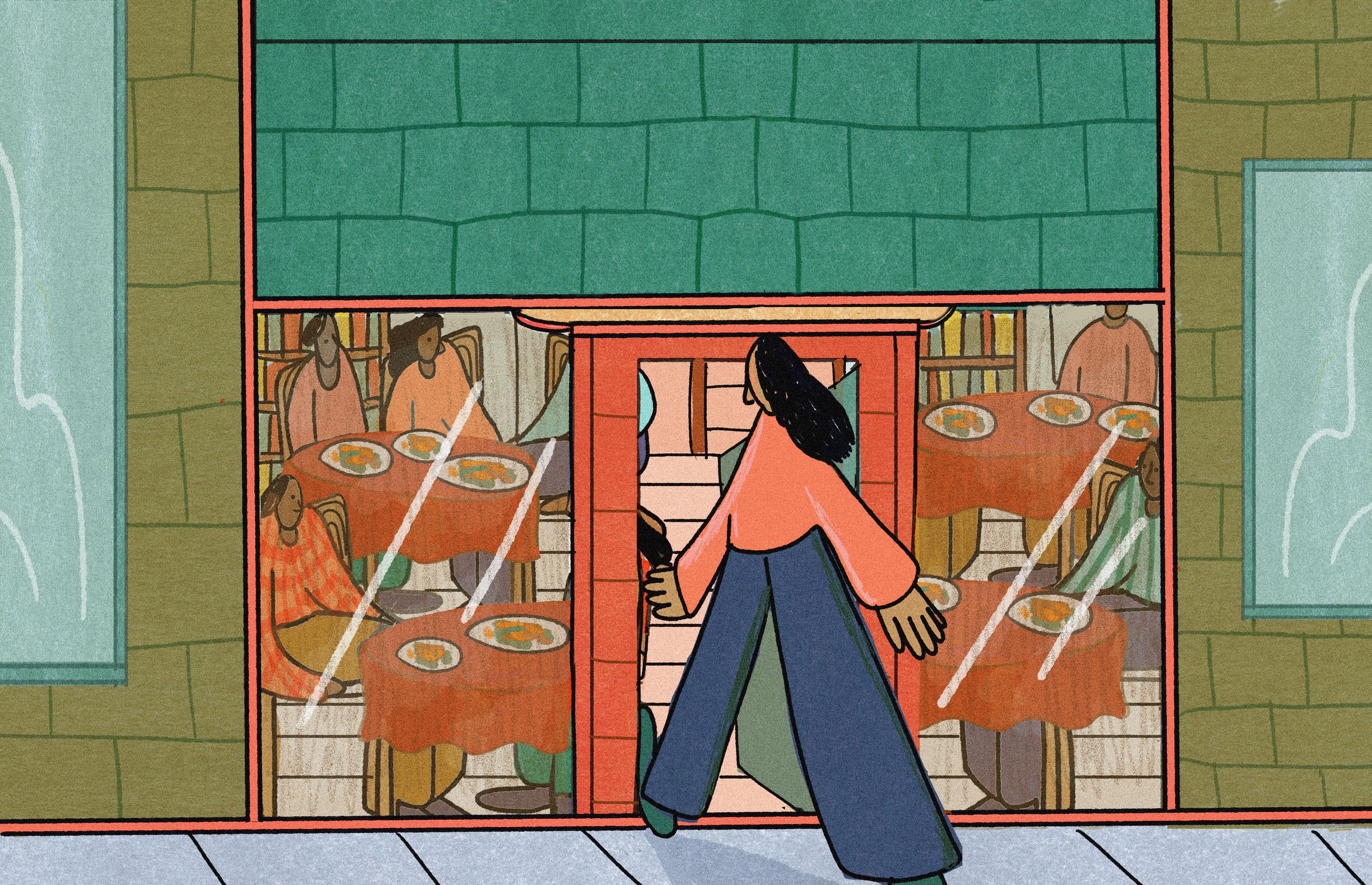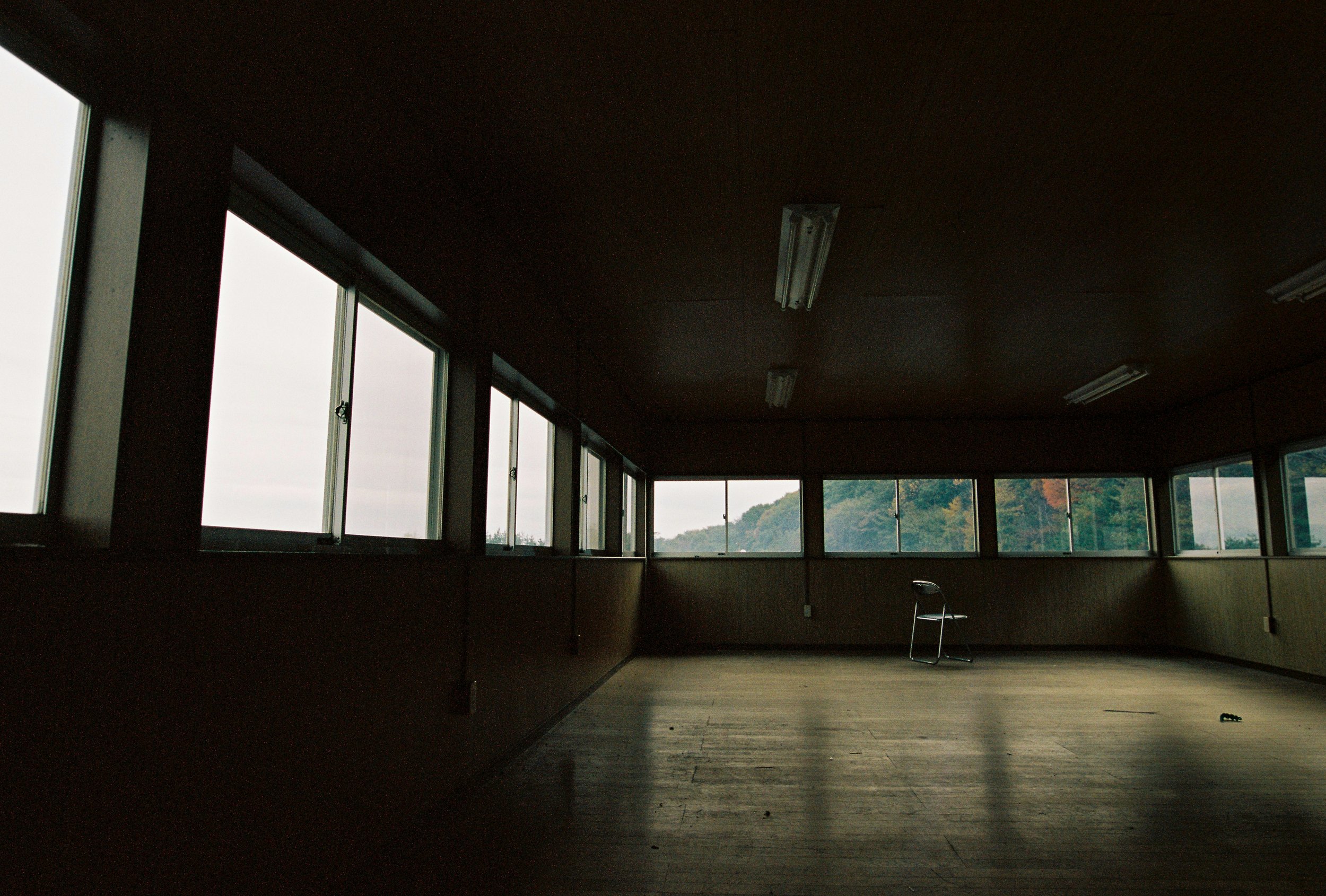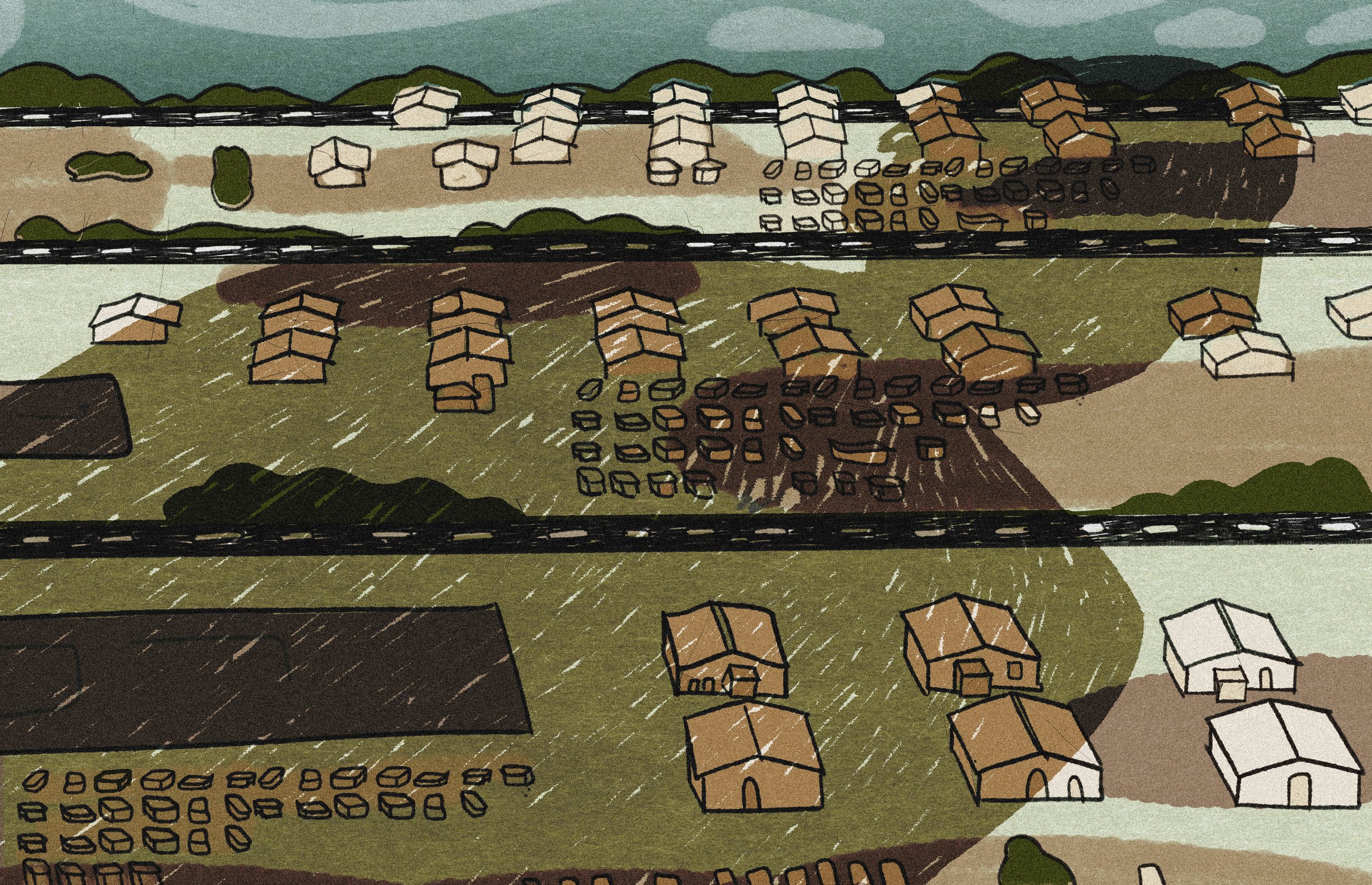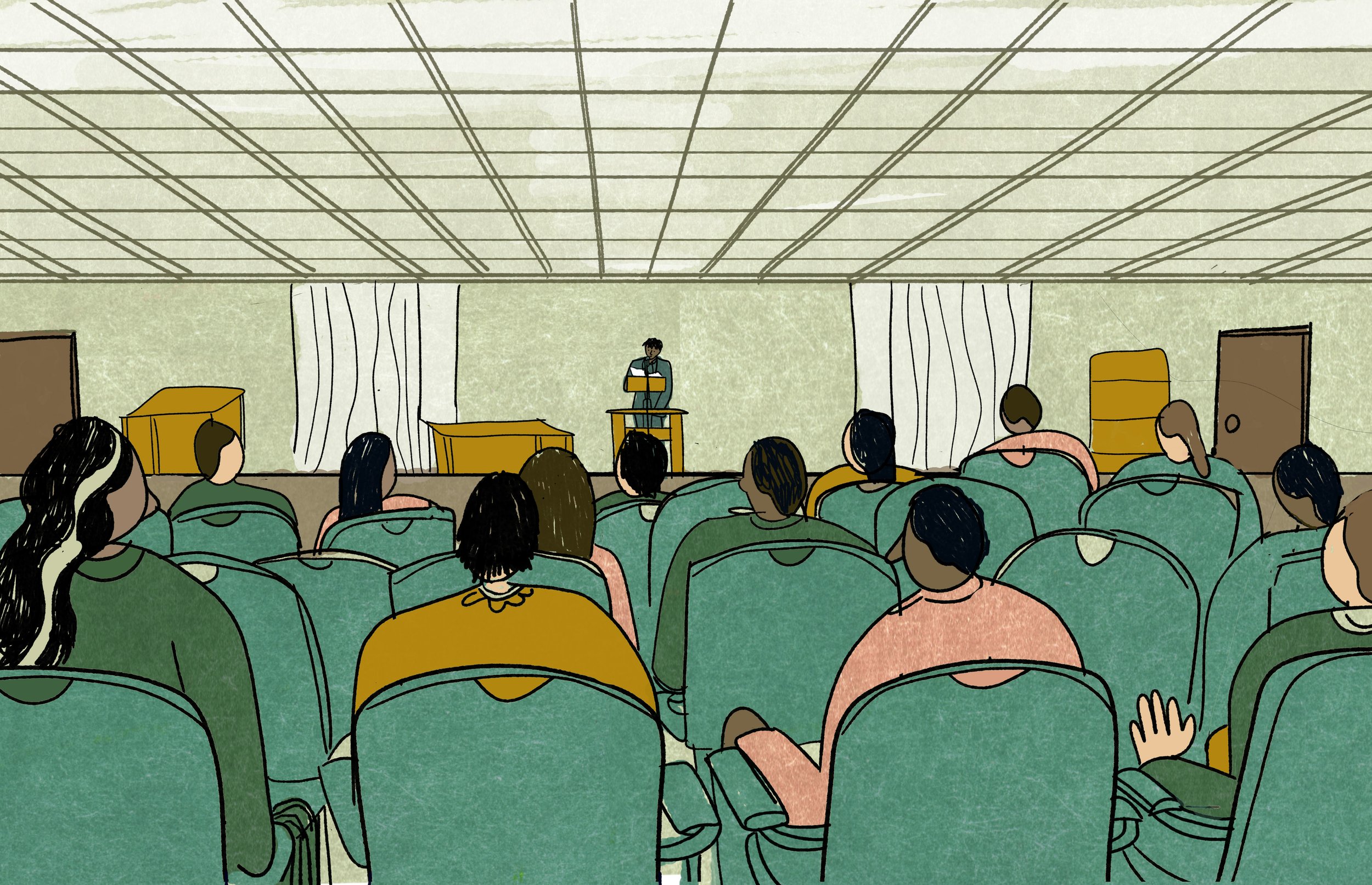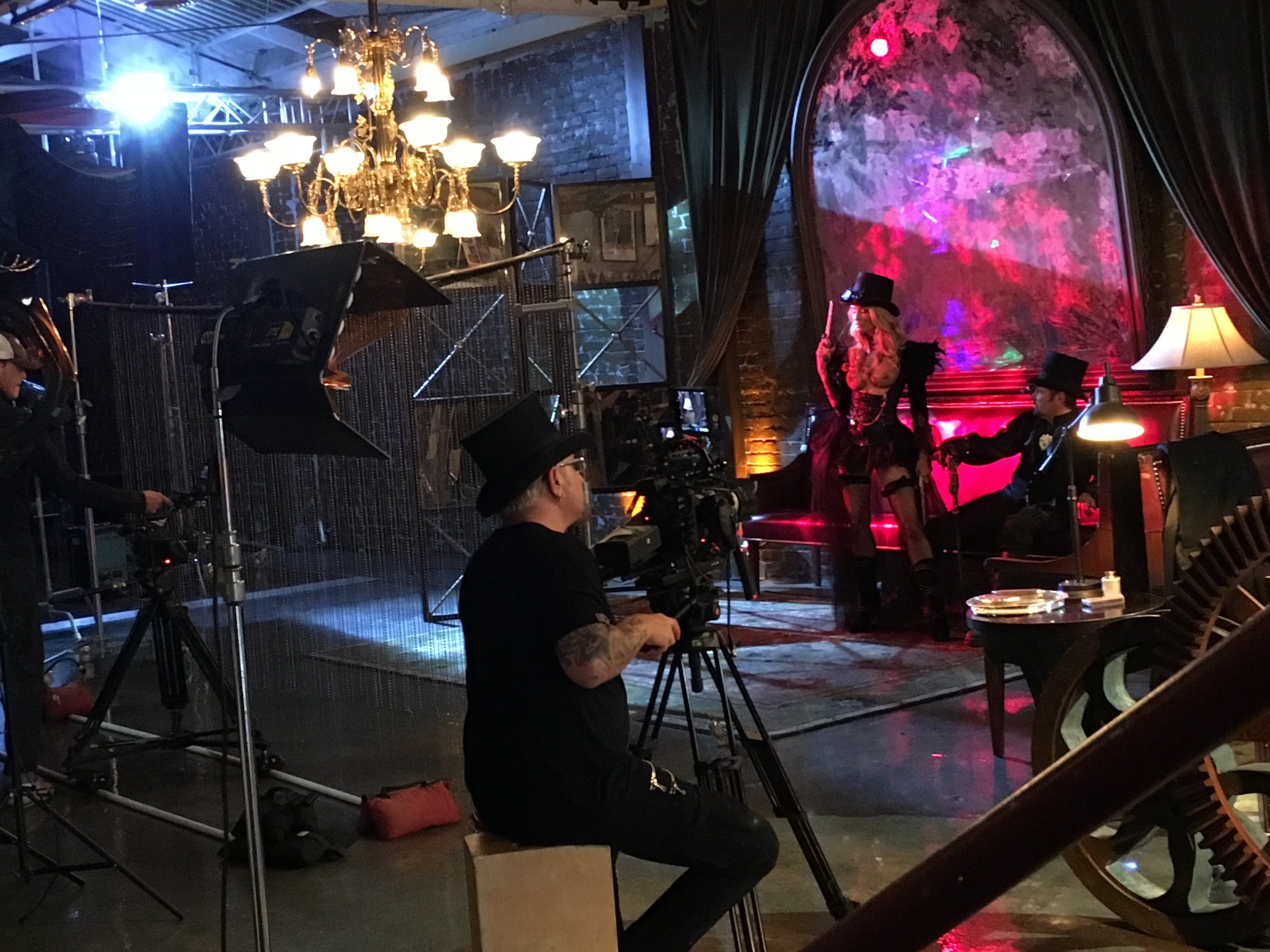To Ask a Question of a Tombstone
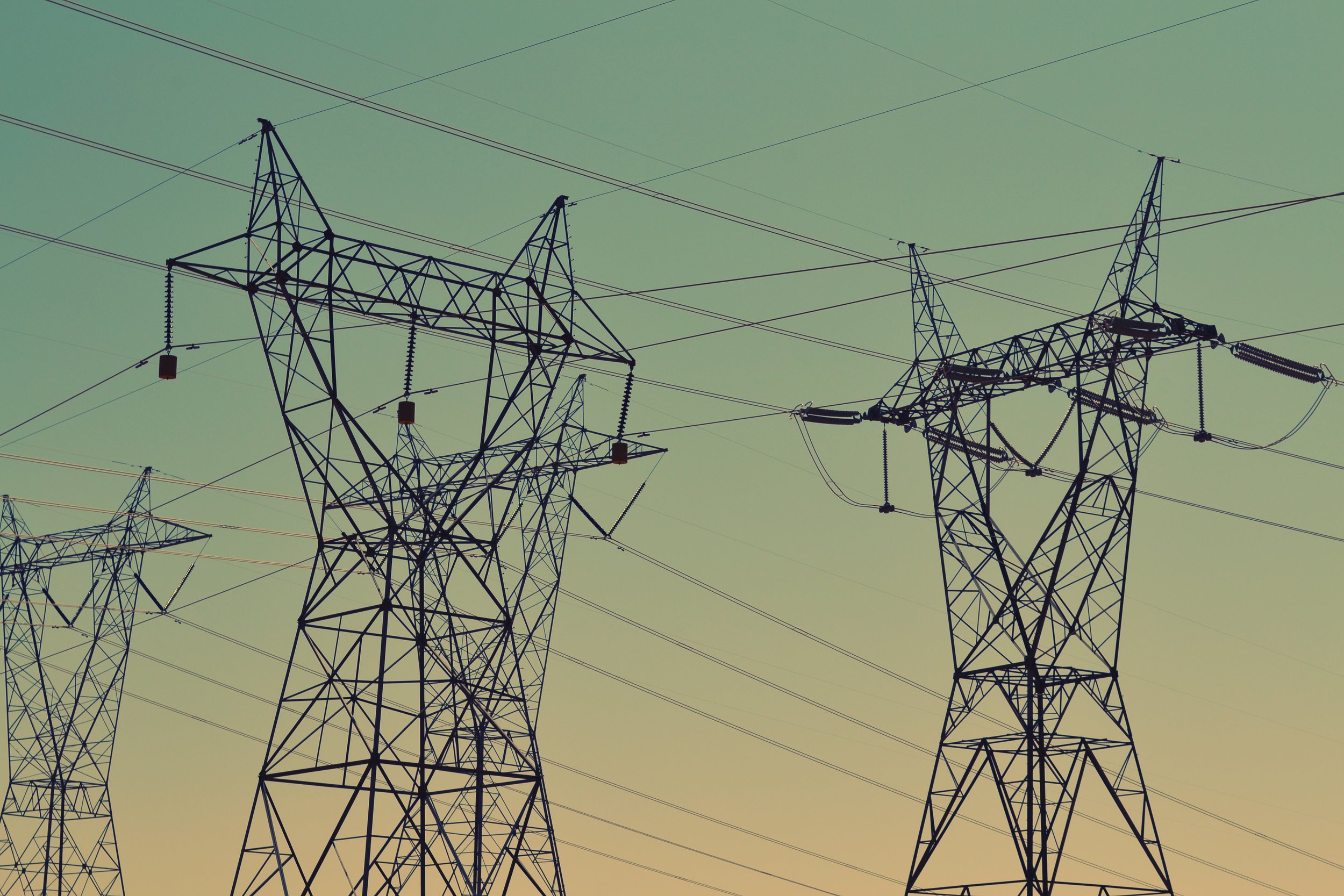
In which a silly, navel-gazing editor visits Storm King Mountain and reflects on her mistakes in art.
"Art has to offer something other than stylized despair."
— Ben Lerner
1.
It was a confused, lazy day in late November—the kind of day that comes trailing gustily in the wake of Thanksgiving, like a leaf blown on the wind—that I first visited the Storm King Art Center. I had recently reached a kind of milestone in my own creative life: I'd published a difficult personal essay, one that was long in the making and which I was proud enough of to call art. This essay was very much on my mind that day, as I made the drive upstate with a friend from out of town (a non-writer friend, luckily). Her conversation helped draw me out of my pensive, broody state.
For those who don't know, Storm King nestles in the rolling, low foothills of Schunnemunk Mountain, an hour north of Manhattan. Founded in 1960 by philanthropists Ralph E. Ogden and H. Peter Stern, the place was originally envisioned as a gallery for the Hudson River School of painters. Today, the park sprawls over 500 acres of lush woodland. It is less of a formal garden and more of a surreal, hilly meadow—with walking paths, reflective lakes and geese. It is considered one of the leading sculpture parks in the world.
2.
As someone who spends a lot of time thinking thoughts, I have always gravitated towards art. Visiting museums and exhibitions is nourishing. It opens up imaginative spaces that you might never have arrived at on your own. And Storm King turned out to be exactly the kind of atmosphere I needed that day, to wander around in, with my doubts and fears about that essay. Was it too vulnerable? Self-indulgent? Would people say things behind my back?
There is a lot of talk these days about the value of personal writing, especially writing that lays bare our deepest injuries and traumas. Melissa Febos and Leslie Jamison have both written eloquently on this. It can be helpful for other people to hear their own pain articulated in words, is one argument in favor. This was the sentiment I bolstered myself with when I began submitting the story in question to publishers. There was also the part of me that wanted my worst life moments to be brought to light. I wanted to be seen. It was a way of absolving the pain before washing it away. But then—I was not prepared for the quiet, church-like beauty of the art I saw at Storm King. It made me question my choices all over again.
A red oak leaf fell out of the cold slate of the sky and settled into my friend's hair.
"Look!" she laughed, untangling the leaf and holding it up to daylight, so that it lit up like a dazzling, fiery jewel. "These fall colors are so sumptuous."
Beyond her outstretched hand, the park expanded to the tree-lined horizon. We decided to start walking.
Sea Change. George Cutts, 1996.
3.
It is hard to describe how encompassing and otherworldly the park feels. Large sculptures make different impressions from faraway and close up. Some appear as whimsical orange blips on the peaceful, rolling slope of the field. But when you approach, these structures loom higher, casting imposing silhouettes against the blue-saturated sky (the sky itself takes on different hues, in my kaleidoscopic memories of that day). Smaller artworks emerge, partially buried, from mounds of dirt and leaves to startle you as you round the crest of a hill. And others, still, flash winks of light from behind tree boughs. The best sculptures are the ones that interact with the landscape—enhancing the shadows-and-mirrors, "infinity" sensation of the park.
We approached two tall silver beams, maybe 20 or 30 feet high—slender, graceful poles that arced and rotated, creating different shapes against the sky as they spun. I remarked to myself how lovely they were: to express something so far removed from the vulgarity of words, just shapes in the air. Just dance.
I imagined the sculptor at work, creating diligently every day, honing the techniques of metalwork, and leaving only these balletic objects behind as proof. Not like me, and the incriminating opinions I have littered in my wake: proof of my petty hurts and grievances. My immaturity, my rough drafts and accusations, expressed permanently in scribbles on paper, and online, and in people's memories. There is something much more enlightened about sculpture. Much wiser.
"What are you thinking about?" my friend asked.
I coughed, "I wonder who the sculptor was." I rustled our information pamphlet open.
George Cutts. Sea Change, 1996.
You can listen to him talk about his designs and methods here.
Luba. Ursula von Rydingsvard, 2010.
4.
We continued down a forest trail, which eventually opened onto a clearing and another sculpture: a 15-foot-tall, abstract wooden block constructed from meticulously hammered and filed planks. As a whole, the thing looked like a giant hunk of lava might, if the lava had cooled and hardened into this random lumpen shape. I was not impressed. But then I looked more closely, and realized how much repetitive labor must have gone into assembling the thing. I imagined the sculptor working day after day in her yard, like a hell-bent Sisyphus, while her neighbors casually observed and wondered what she was doing. Maybe they thought she was insane.
"This one's called Luba," my friend said, reading from the pamphlet. "By Ursula von Rydingsvard." She pronounced this name with an exaggerated German accent. Then she said it outloud again: von Rydingsvard.
"It's not exactly beautiful," I ventured. We stood side by side and gaped up at the formation, which was not expressive of anything apart from its own existence.
"It's impressive, though," my friend offered. This was true. I was struck by the discipline and work involved.
This is what all work is, I supposed. And I pictured myself laboring over my own manuscript pages. Sisyphean.
“You have to commit to the gesture before you make it, then move with intention—and grace—even if your muscles ache like fire.”
5.
When you look more closely at a lot of the sculptures at Storm King, you are struck by an unexpected layer of depth, or a curved line—so unspeakably beautiful you gasp. The whole park is like this: lake and sky, gloom and glass. Time itself passes according to its own rules: the sun rises and sets, shadows spin like sundials, years go by in seconds, tree leaves curl up and fall. Shaggy bark peels off the tree trunks like enormous sheaths of paper, and bare branches stand against the empty sky. People go home to be indoors for winter, but it doesn't really matter if people are at Storm King or not. The place does not need mortal witnesses.
Or maybe it does matter that the park's beauty stays in your memory, after you go home. The thoughts you have while strolling over the hills and under the trees—these thoughts are tiny, bright-hard fists of seeds, which you will take back to your writing desk with you. Where you will wait for spring.
"I would come back here in the spring," my friend announced. "I bet it's totally different."
The wind caught a loose strand of her hair and whipped it horizontal, across the rosy freckles of her cheeks. When she laughed, sunlight glinted on her teeth.
6.
I understand writers who give up on writing entirely. You wake up one day and suddenly realize: everything you struggled to create might have been a terrible mistake. It's like that Talking Heads' lyric, "How did I get here? What have I done?" Maybe it is because writing can hurt people's feelings. In the sense that, in the pursuit of truth, the young writer risks saying things that are contentious, or impolite. She risks saying things that make her unlikable, risks raising barriers between herself and other people. Self-enforced isolation.
Or else it's because, as writers, we've made it our business to confront the unmanageable emotions. There are studies that prove this—that of all the creative fields, writers are most prone to depression, anxiety, schizophrenia, suicide and substance abuse. There's something about the way writing sits outside of time, and leads away from the present. All writing points towards death: I think this sometimes.
Wouldn't it be better for the world if we just emitted joy all the time? Like stupid light bulbs? Singing Christmas carols and leading children by the hand—or is that someone else's job? To give life. While the job of the writer is to document life, in all its complexity. For better or worse.
In which case, I don't regret having written, but I do regret when I see, in hindsight, that I could have expressed something better. When I could have been more fair, for example. I put a lot of pressure on myself (in a bad way).
"Was that profound?" I asked my friend. "What I just said, about art and anxiety?"
"Sure, probably," she shrugged, and glanced at me out of the corner of her eye.
"Do you think I should write it down?" I asked, in earnest, knowing full well I sounded foolish.
She did not answer right away, but when she eventually did, her voice was metered and thoughtful. "You are one of the most ambitious people I know," she said.
We decided to lie down in the grass.
Three-Legged Buddha. Zhang Huan, 2007.
7.
I am reminded of something a dancer friend of mine said once: "You have to commit to the gesture before you make it, then move with intention—and grace—even if your muscles ache like fire." This is just one example, but my point is: writers can learn a lot from the other art forms. About the push and pull of and process.
How is a writer different from a sculptor? There is the same impulse to make things, to express; the same drive to conjure an idea and put it into other people's brains. But while the sculptor works with space, form, texture, objects; the writer works with words, language, interiority, memory, time, rhythm, narrative… one craft is building upwards, out into existence. The other is pulling inwards.
My friend and I found ourselves lying on the ground, in the shade of a giant statue of Buddha. The Buddha was a contortionist with three legs, standing acrobatically on his own head. He had bells near his ankles. My friend gestured to the bells and said, "This one is absurd." We burst out laughing.
"This guy came out of the time-warp continuum all wrong," my friend said. "He's sort of cute, though."
The Buddha's face, which was partially buried in the grass, displayed an expression of impassive calm and sleepiness. If I had stood on my toes, I could have touched his furrowed brow, while his huge toes dangled in the air above.
"His face is what makes it," I agreed. "He's so zen."
Maybe this is what I'm angling at: the idea that a statue can be humorous, can make you smile and feel wonder. Just these pure emotions, without all the vacillation or over-thinking, which I am prone to in my writing. I spend so much time feeling bad about myself. I need to learn to let things go. Put calm into the world. I need to find a way to transmute all of that suffocating energy—all of my obsession, neuroticism, all of my problems—transmute these things into color, levity, or music… something that might generate some happiness in the world.
"I disagree with what you said earlier," my friend said, after a while, interrupting my thoughts. "Mental illness is not glamorous."
I nodded, even though I had never used the word glamorous. Not at all.
"I just hate when people put 'the suffering artist' on a pedestal," my friend insisted. "Creativity and pain don't have to go together. You can lead a full life and also write books," she huffed. "Anyway…"
The wind picked up, and we decided to continue on our way. As we stood to brush the dry grass from our clothes, my friend and I exchanged small smiles of affection.
8.
There is an argument that writing is a selfish act. Especially in women: it can be seen as self-indulgent. To pursue a career in writing, you end up making sacrifices, with your time and with your attention, which may or may not be worth it. Especially according to people who have other expectations for you.
I only recently became aware of how deeply I'd internalized the idea that it's selfish to want to be an artist—how often I was undercutting my own attempts at reaching for this goal. I was always whispering instead of articulating, swallowing my sentences and saying sorry for wasting people's time. I cannot tell you how tortuously I have shuttled back and forth around this question: what if I simply stopped apologizing? Stopped apologizing for being this unhappy…
Think about it this way: if you ever find yourself being cold or callous to someone, or unnecessarily mean, maybe you are trying to force yourself to stay in a situation that isn't right for you. The forced-ness is what makes you cruel. It can be scary to leave, though. Trying to stake your whole well-being in writing is such a ridiculous thing to do.
At Storm King that day, I thought hard about what it means to run away from life situations that aren't working for you, and what it means to run towards nothing. Towards the spectacle of loneliness. Towards the insistence that you are unhappy, and you want to wallow in it. Maybe what you're running towards isn't what's important, though—just the impulse that got you to make that leap at all.
And maybe this tension in creation is the point: the errors, hesitations and regrets. Not everything you try is going to succeed.
Mirror Fence. Alyson Shotz, 2003.
9.
My friend and I rounded a corner in the path and came across a long fence, which might have resembled an ordinary picket fence, except that it was made entirely from glass. We crouched down and wrinkled our noses at what we could see of our faces, reflected in the serrated bars.
We took photos, which I still keep on my phone. I look at them when I am feeling nostalgic or lonely. I miss my friend, who has not had time to return to see me since (though she still sends me messages, to remind me I'm okay). I guess a lot of us are always working. Doing the best with what we have.
“Maybe this has been an imaginary conversation. With a statue, or an oracle, or a ghost.”
10.
Maybe audacity in women does not have to come at a cost. What you create is intended for other people to consume: hopefully they can be uplifted by it, or take some kind of nourishment from it. Maybe the efforts you put into your work will eventually bring the solace and comfort you were always looking for—for you.
Maybe you can figure out how to make enough money. Enough money to follow your dreams, and just do this all the time. Lie in the grass, have worthwhile conversations and bask in expansive daydreams. To express yourself freely and fully in the here and now—not in borrowed minutes, or in the margins of other people's schedules. To give yourself permission to to take up space; to be this, do this.
Here is a lesson for the budding writer: readers matter more than writers. That cognitive shift is helpful. Think about what people want to read, not just what you want to send out into the world.
And also: not every story you write is going to be perfect. Forgive yourself for that. If you focus on one element in one story, people are going to complain that you neglected another element. Maybe that's the seed for your next story. Sometimes you keep re-visiting the same ideas and people don't get why.
I believe now that you can only learn through doing. That is a truth that writing shares with other art forms: the necessity of process. And of movement.
Allowing yourself to try and fail, and keep going.
11.
Maybe this has been an imaginary conversation. With a statue, or an oracle, or a ghost. Maybe this has been a declaration of love—a declaration of gratitude, and of forgiveness. A statement of remembrances. Maybe this has been a really cathartic cry-session: a piece of paper stained with tears.
Tears wept in privacy and tears wept in fear. Tears streaming down my face in public, as I wander through the world, from revelation to revelation. As my friends who also travel weave in and out of this.
12.
If you ever visit Storm King, one of the last sculptures you will see is called Orbit. It is an orb mounted high among the tree branches: silver concentric spheres that spin and reflect light in all directions. You can imagine the discs on their axis, sliding past each other like wet fingertips on the rim of a wine glass, sending musical chimes out into the air.
Exactly like a rotating planet.
ABOUT THE AUTHOR
Rachel Veroff is a writer from New Mexico now living in New York. She is an editor of Off Assignment. She is working on a novel.
Header photo by Fré Sonneveld.
Rachel Veroff is a writer from New Mexico now living in New York. Her essays and journalism have appeared in The Huffington Post, Guernica, Vol. 1 Brooklyn, and Mask Magazine. She was nominated twice for Pushcart Prizes for 2018, and she is a recipient of a scholarship from Electric Literature. She is working on a novel.





